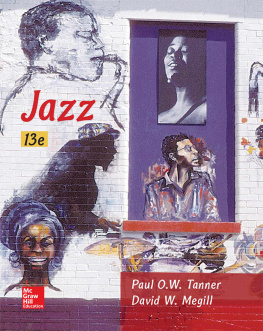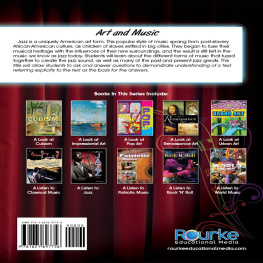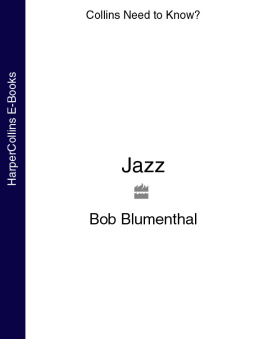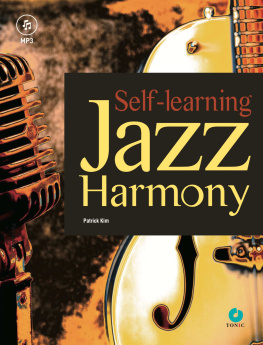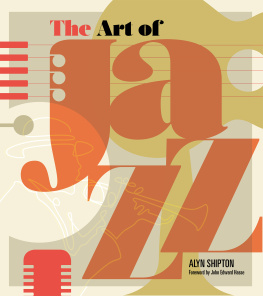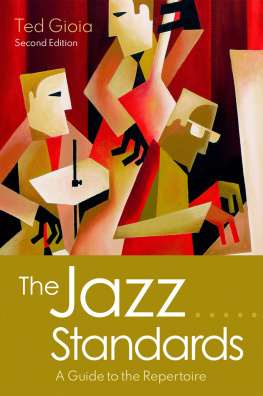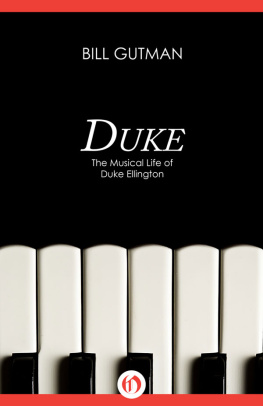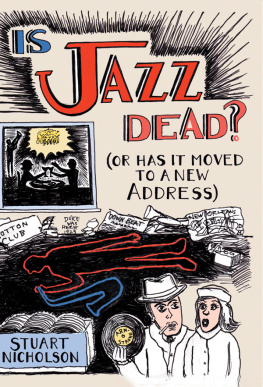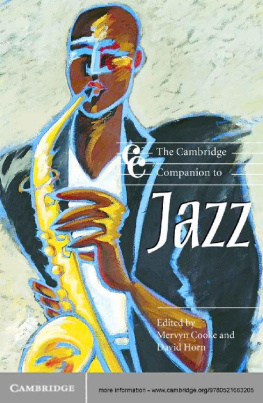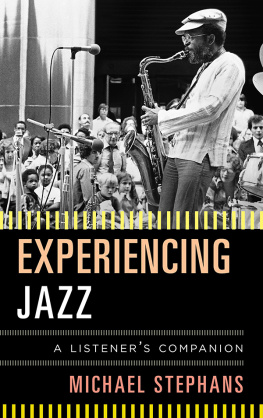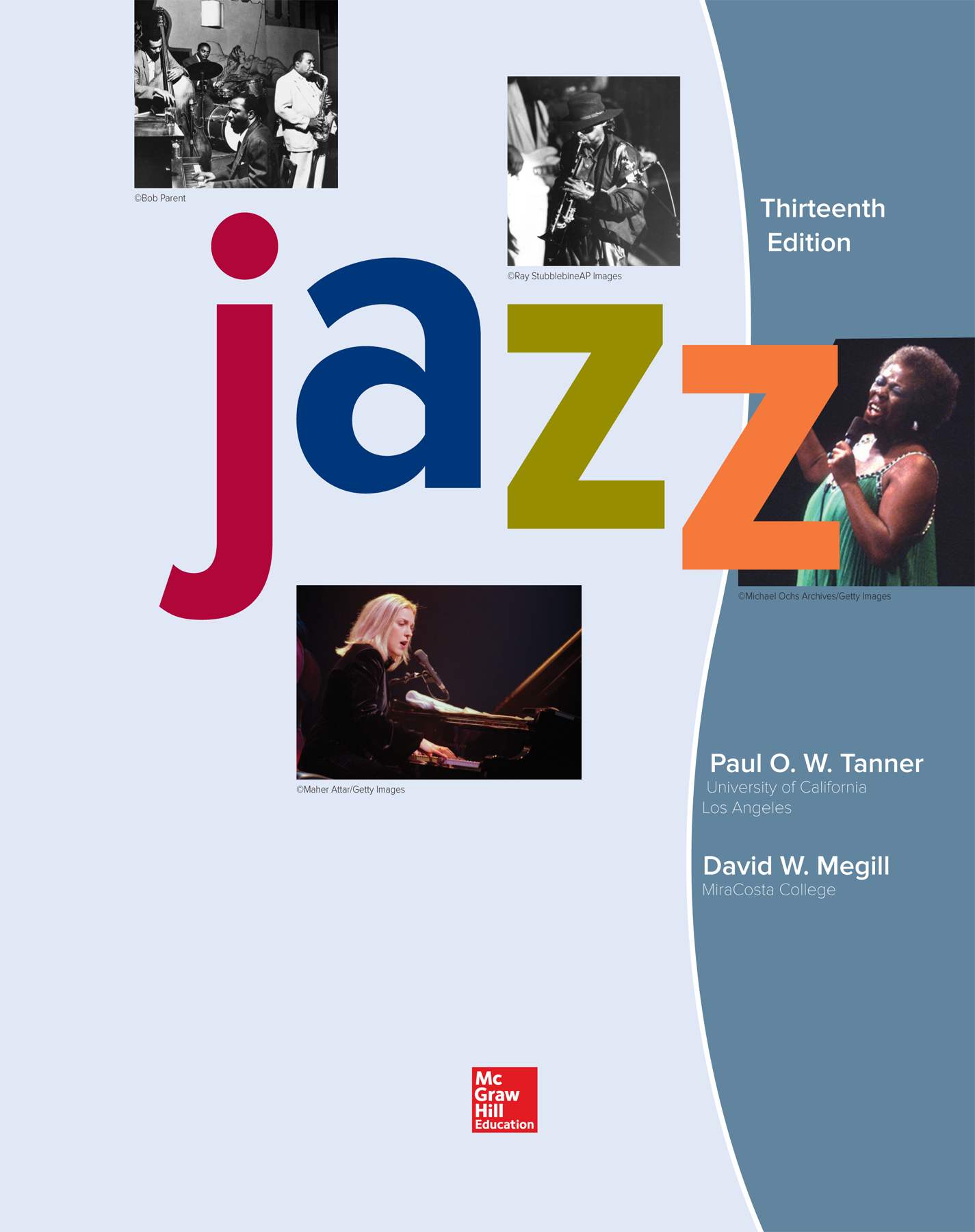i
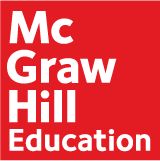
JAZZ, THIRTEENTH EDITION
Published by McGraw-Hill Education, 2 Penn Plaza, New York, NY 10121. Copyright 2019 by McGraw-Hill Education. All rights reserved. Printed in the United States of America. Previous editions 2013, 2009, and 2005. No part of this publication may be reproduced or distributed in any form or by any means, or stored in a database or retrieval system, without the prior written consent of McGraw-Hill Education, including, but not limited to, in any network or other electronic storage or transmission, or broadcast for distance learning.
Some ancillaries, including electronic and print components, may not be available to customers outside the United States.
This book is printed on acid-free paper.
1 2 3 4 5 6 7 8 9 LWI 21 20 19 18
ISBN 978-0-07-802521-1 (bound edition)
MHID 0-07-802521-4 (bound edition)
ISBN 978-1-260-13172-7 (loose-leaf edition)
MHID 1-260-13172-6 (loose-leaf edition)
Portfolio Manager: Jamie Laferrera
Product Developer: Alexander Preiss
Marketing Manager: Meredith Leo
Content Project Managers: Ryan Warczynski, Rachel Townsend, Sandra Schnee
Senior Buyer: Sandy Ludovissy
Content Licensing Specialist: Brianna Kirschbaum
Cover Image: Robert Abbott Sengstacke/Archve Photos/Getty Images
Compositor: Lumina Datamatics
All credits appearing on page or at the end of the book are considered to be an extension of the copyright page.
Library of Congress Cataloging-in-Publication Data
Names: Tanner, Paul, 19172013, author. | Megill, David W. author.
Title: Jazz / Paul O. W. Tanner, David W. Megill.
Description: Thirteenth edition. | New York, NY: McGraw-Hill, [2018] |
Includes bibliographical references and index.
Identifiers: LCCN 2017048646 | ISBN 9780078025211 (alk. paper)
Subjects: LCSH: JazzHistory and criticism.
Classification: LCC ML3506 .T36 2018 | DDC 781.6509dc23 LC record available at https://lccn.loc.gov/2017048646
The Internet addresses listed in the text were accurate at the time of publication. The inclusion of a website does not indicate an endorsement by the authors or McGraw-Hill Education, and McGraw-Hill Education does not guarantee the accuracy of the information presented at these sites.
mheducation.com/highered
ii
preface
We designed this new edition of Jazz to offer students a listening-based approach to the evolutionary development of Americas unique art form. We have increased the number of musical selections to offer a more comprehensive overview of important musical performances that anchor our historical overview. This edition is also meant to support instructors in their individual approaches to the jazz experience. Comprehensive citations to additional listening are given throughout the text. Online via Connect provides numerous enrichment activities to accompany the readings in addition to Spotify links to stylistic musical examples. Jazz is a history of individuals connected to their culture through their musical art. Jazz is a wonderful reflector of the cultural crosscurrents at work in America. When we study jazz, we also study our own cultural development. As we unfold the rich history of jazz, we hope that we will also connect you to the vitality of the American voice heard so clearly in the performances presented here.
CHANGES IN THE THIRTEENTH EDITION
Listening guides are now tied to free recordings found on Spotify. You can learn how to access them at the Online Learning Center: www.mhhe.com/jazz13
All the jazz styles are tied more directly to the developing jazz canon to create a historical overview of jazz as a American art form.
Rather than audio CDs, the text now is based on online listening that greatly expands the number of musical examples for each performer and style. This allows for a truly oral-based study of jazz.
Features found in previous editions on the CD-ROM can now be found at the online via Connect, including the following:
Interactive Guides illustrating jazz styles (www.emegill.com/listening) and a list of direct links to each of the Spotify listening examples that match the listening guides in the text.
Matching quizzes
SPECIAL FEATURES
Witness to Jazz: A series of essays featuring the images of renowned journalist/photographer William Gottlieb conveys personal anecdotes about musicians such as Dizzy Gillespie, Mary Lou Williams, and Louis Armstrong.
Profiles in Jazz: Biographical sketches highlight key figures from the jazz community.
Vamping: Interesting asides interspersed throughout the text add color to the presentation and enhance student understanding of the world of jazz.
Effective Learning Tools: Summaries, suggestions for further study/listening/reading, and listening guides provide students with extensive support to master the material and enhance their knowledge of jazz.
For those students with some musical training, we offer optional material in the appendices that includes notated musical examples and more advanced theoretical discussions.
The text-specific Connect provides a wealth of additional resources such as links to listening examples, multiple-choice quizzes, enhanced coverage of jazz around the world, and links to useful websites.
We offer additional listening guides in the text for selections found on the Smithsonian Collection of Classic Jazz.
The primary author of the text, Paul Tanner, who was the lead trombonist for the Glenn Miller band and iii the first educator to introduce jazz studies in higher education at UCLA, offers some personal insights throughout the volume. You may also correspond directly with the author on the Internet at .
RECORDINGS
All the recordings for the listening guides found in the text are available free on Spotify. You can learn how to connect to the at the Online Learning Center: www.mhhe.com/jazz13
SUPPORT FOR INSTRUCTORS
For the instructor, we offer an Instructors website that includes the following elements:
SUPPORT FOR STUDENTS
A text-specific Connect is available for students, which offers learning materials to help underpin the reading as well as supplemental activities for personal and classroom use. These activities include multiple-choice quizzes, links to useful websites, and many additional resources. Information for accessing the listening examples can also be found here. You might also like to explore the authors website at http://www.miracosta.edu/home/dwmegill/.
ACKNOWLEDGMENTS
This book could not have been written without the careful manuscript reviews by a number of professors. I would like to thank the following:
Clint Rohr, University Of Central Oklahoma
Bonnie M. Le, Fletcher Technical Community College
Doretta Whalen, University of Pittsburgh
Dr. Tammy L. Turner, Murray State University
Stanley Baran, Bryant University
Herbert Midgley, SFASU
Chris Kachian, University of St. Thomas

